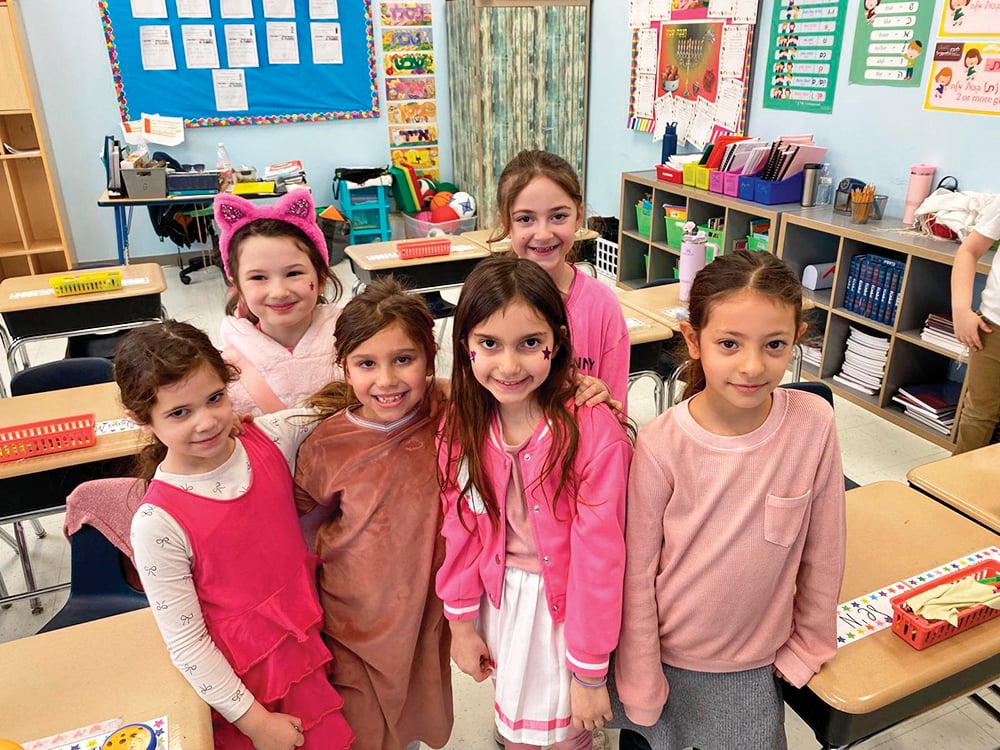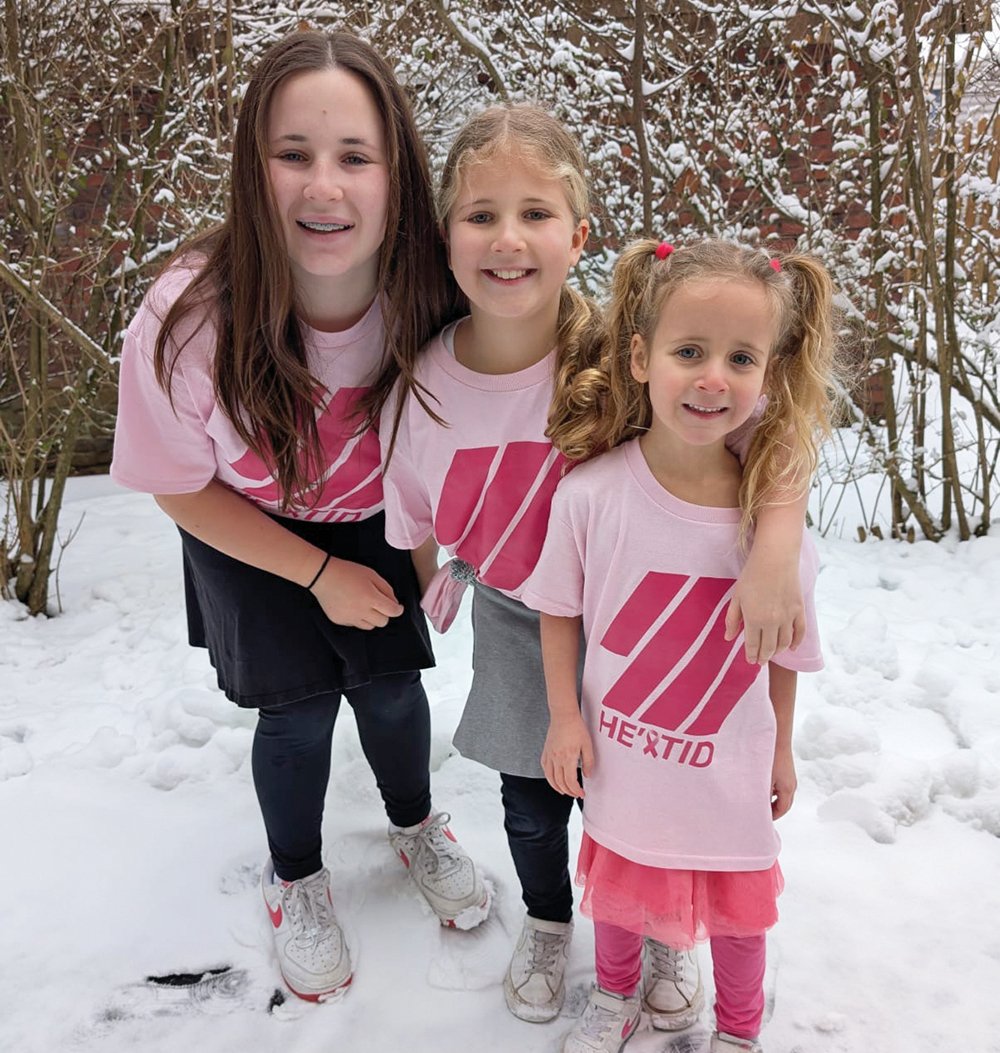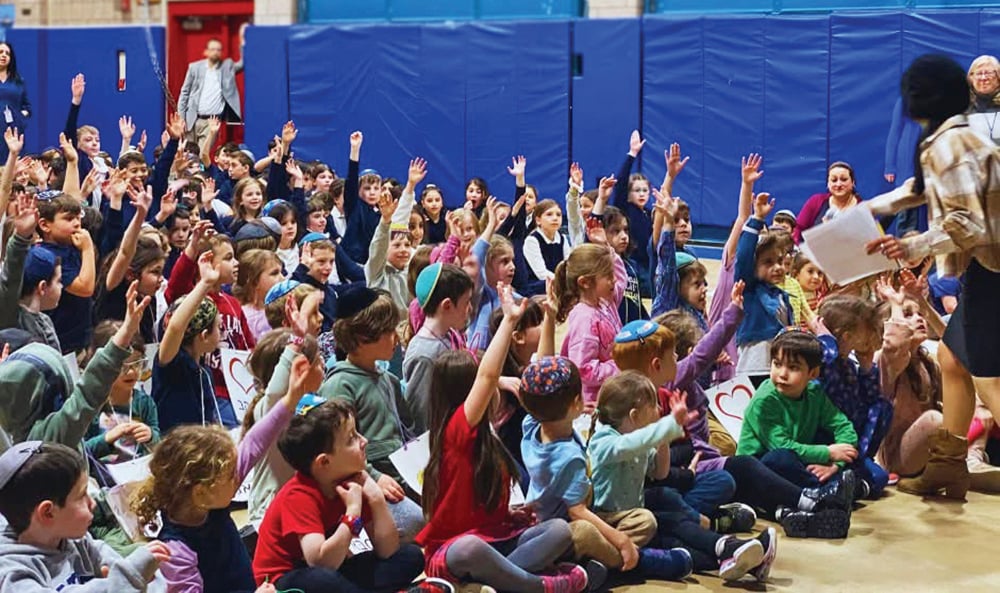
Schools have many curricular objectives. Chief among them, beyond text knowledge, is teaching how to live an authentic, committed Jewish life. A key element of Jewish life is donating to charity. Every school has pushkas, fund drives and collections for special causes. The most important and crucial tzedaka education component is what the child sees at home.
How do the parents allocate their charity dollars? Do they just give to their school(s) and shul, or is there a process that takes place and tzedaka is given with much consideration, thought and discussion? Parents today, in many cases, have more disposable income than their parents, hence charitable giving can theoretically take place on a grander scale.
The best fundraising campaign ever took place when Moshe asked for donations for the Mishkan. It was so successful that he had to ask the people to stop donating! (Exodus 36:5-7) They were very motivated, as are those who support myriad organizations and causes. However, we need to understand the nature of giving so that it can inform the process and educate the next generation. (By the way, if all charitable giving went to day schools for a few years, it would solve the tuition crisis, but we’ve made that point before.)
Rav Baruch Gigi, a rosh yeshiva at Har Etzion (Gush) analyzes the nature of donations that must be made as (fixed), e.g., school and shul, and free will gifts (from the heart). I am grateful to Dr. Adam Karp for sharing Rav Gigi’s insights.
A fixed obligation involves acceptance of authority; there is no discretion. For example, shul dues are the same for the rich and the not-so-rich. There is equality between the haves and the “haves-less.” Giving from the heart is the polar opposite. Each person makes the decision of how much to give and where to give it. This kind of giving can engender arrogance and class differences. But it can also express inner feelings and emotions. The Torah mandates both types of tzedaka, that which is mandatory and that which expresses an inner feeling.
From a Torah perspective, this yin-yang polarity between personal expression and a more rigid framework has its own configurations. Rav Gigi observes that the half-shekel funds collected for the sockets of the Mishkan, its very foundation, had to be a cooperative effort. Similarly, the daily communal sacrifice on behalf of the Jewish people was based on that same equal half shekel, regardless of means. However, contributions expressing generosity and personal desire over and above the communal sacrifices were certainly welcomed.
The Mishkan is the template for all Jewish giving. All Jewish communal institutions draw on this model. Fixed, mandatory donations create a spirit of unpretentiousness. Our forefathers modeled for us a sense of humility and submission, doing as we were told. The praise accorded to Moshe and Aharon is that they did not deviate from what they were told to do. We are bidden to find a balance between the two tendencies of obligation/submission and innovation/development.
We find this dialectic in our Shabbat observance. Our submission is reflected in our cessation of creative, positive, goal-oriented activities showing our mastery over nature on Shabbat. On the other hand, we are given this world to develop and perfect it (Bereshit 2:3) and advance it in every way. Shabbat restrictions are not meant just to constrain man, but to consider his limitations.
It is therefore no accident that our Sages link the construction of the Mishkan to the categories of forbidden activity on Shabbat. Every Jewish institution and cause is a Mishkan. Children know that tuition is paid, as are shul dues. They may also know about favorite charities that parents support. How often do parents discuss their charitable giving with their children? This, too, is part of their religious development, especially if we want to inculcate in them the importance of tzedaka when they are adults.
The Jewish community here and overseas needs supporters with passion and commitment.
Donations should be to a cause, not for self-aggrandizement. It is understandable when large donations lead to leadership roles in an organization, but that should not be the motivating factor. How and why parents donate is an educational opportunity for an “aha moment.” Moshe, Aharon, Bezalel and their helpers were the professionals. They followed their mandate. Later on the Kohanim and Leviim took over, and they did accept free will offerings. In the medieval period Jews were taxed to support communal needs. Charitable giving is an opportunity not only to do good but to ensure that this process continues by involving one’s children in the discussion.
There are always causes, local and international, that children can understand. There are many humanitarian crises both here and abroad that need support. Children can understand these needs. Many bar and bat mitzvah projects reflect this understanding. The current situation in the Ukraine is the most current manifestation of a crisis in need of support. Writing a check is certainly praiseworthy. Involving our children in this process will pay it forward on many levels.
Rabbi Dr. Wallace Greene has had a distinguished career in Jewish education and as a consultant to a number of nonprofit organizations.













